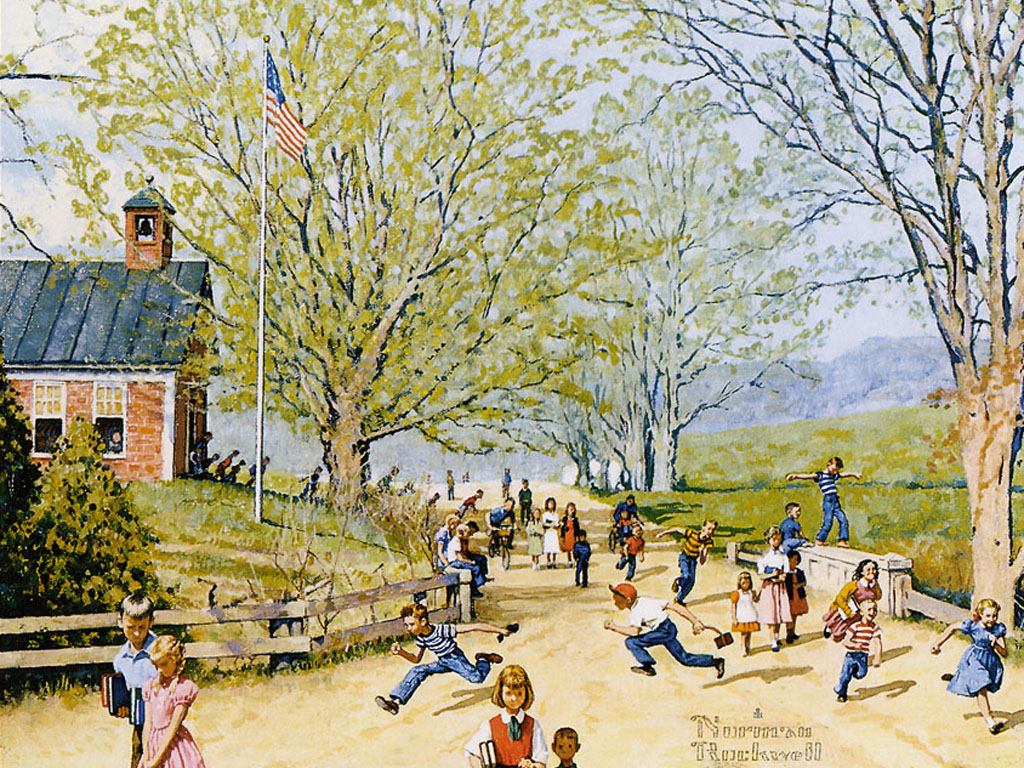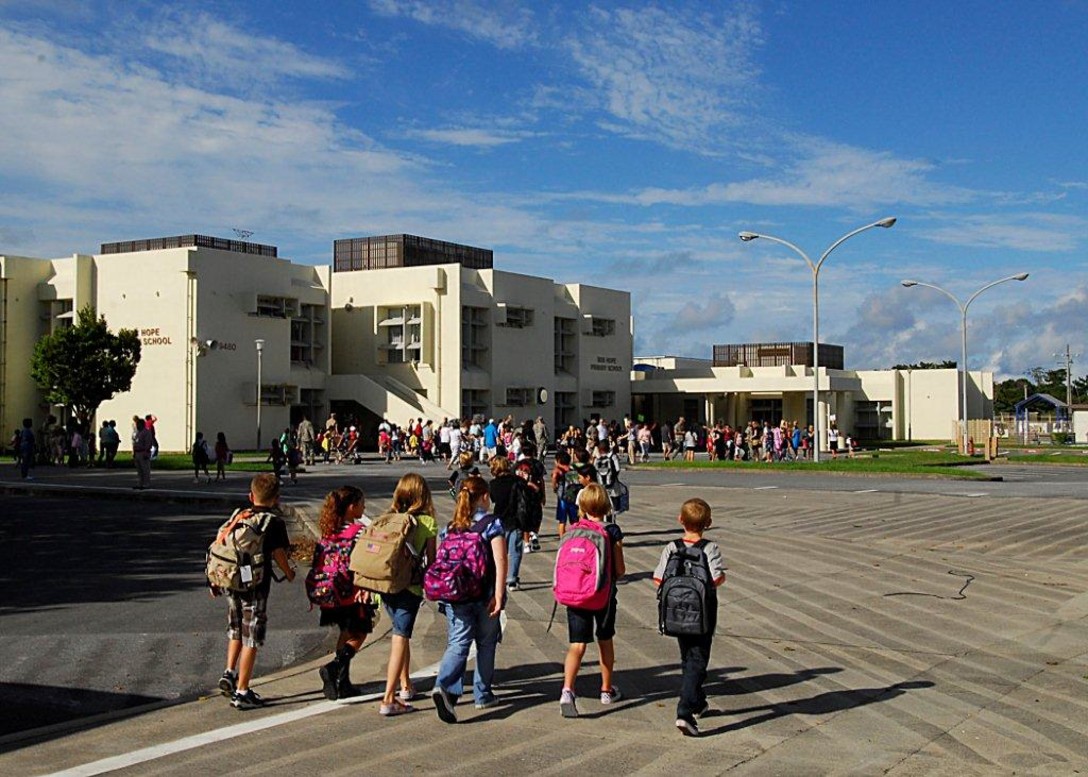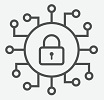Managing capital‐intensive campus infrastructure embedded within a politically sensitive community presents challenges not present in private industry real assets. Differences in everything from department culture to annual facility use patterns mean that facility managers cannot implement the same safety approaches in all buildings. Approaches must be scaled and tailored to the occupancy type and informed by the interconnectedness and the specifics of a given facility. Accordingly, the original University of Michigan standards advocacy enterprise (see ABOUT) began following the development of safety concepts in both NFPA 730 and NFPA 731 with the release of the 2008 Edition. Thereafter, it collaborated with trade associations and subject matter experts from other universities (notably Georgetown University and Evergreen State University) to advocate user-interest concepts in the 2011 revisions.
Since 2008, campus security issues have only become more complex technically; across an expanding minefield of sensitivities. Since 2008 we have observed the emergence of about one-hundred new consensus products being developed by the same number of new trade associations and producers presenting campus security solutions.
NFPA 730 Guide to Premise Security is a consensus document that describes construction, protection, occupancy features, and practices intended to reduce security vulnerabilities to life and property. Related document — NFPA 731 Standard for the Installation of Electronic Premises Security Systems covers the application, location, installation, performance, testing, and maintenance of electronic premises security systems and their components. The first is a performance document; the second a prescriptive document for the construction, operation and maintenance of electrotechnologies that support premise security.
Public consultation on the 2023 revision closed January 5, 2022 however the NITMAM process permits additional comment at the 2023 NFPA Annual meeting in Las Vegas in June 2023.
The 2026 Edition is now open for public input until January 4, 2024.
Public Comment on the First Draft of the 2026 Edition will be received until January 3, 2025
What electronic keycards eliminated.
(It was not a positive development) pic.twitter.com/eIozU6XFSN
— O.W. Root (@NecktieSalvage) January 20, 2025
As always, we encourage direct participation by user-interests supporting the education facility industry. You may do so by CLICKING HERE.
It is never a bad idea to key in comments on your own but if you would like some insight into our advocacy vectors since 2008 you are welcomed to click in our periodic Risk and Public Safety colloquia during which time we pick through technical, policy and enforcement specifics. We have been hammering on Chapters 11 and 12, Education and Healthcare Facilities, respectively; for five cycles. See our CALENDAR for the next online meeting; open to everyone.
Issue: [10-3], [11-58], [14-44] and [16-127]
Category: Electrical, Telecommunications, Information & Communications Technology, Public Safety, Risk Management, #SmartCampus
Colleagues: Mike Anthony, Jim Harvey, Richard Robben
More
Department of Homeland Security: K-12 School Security
National Campus Safety and Security Project
NFPA 730 2023 Public Input Report
NFPA 730 730_F2019_PMM_AAA_FD_PIresponses
NFPA 730_F2019_PMM_AAA_SD_PCresponses




















